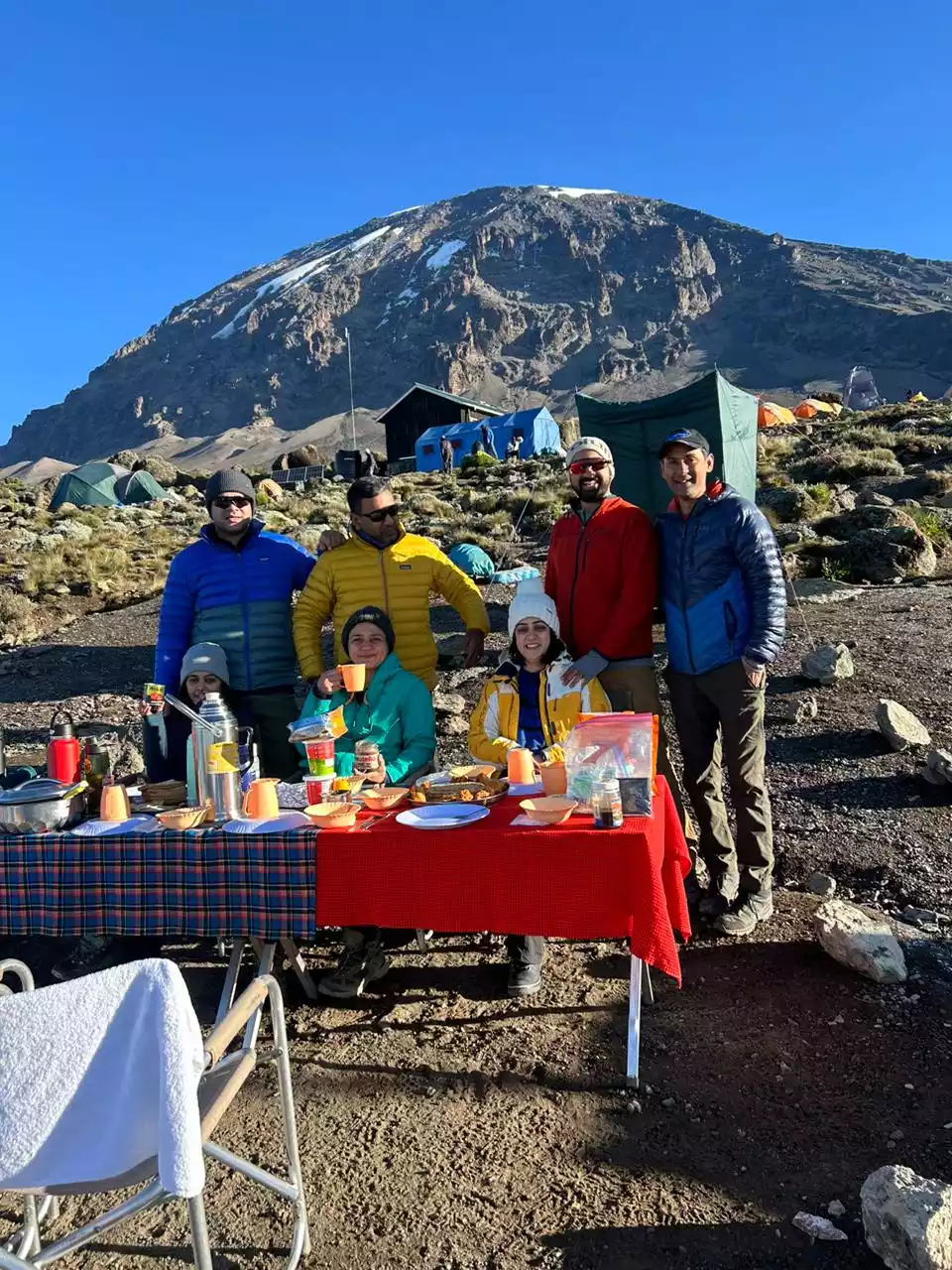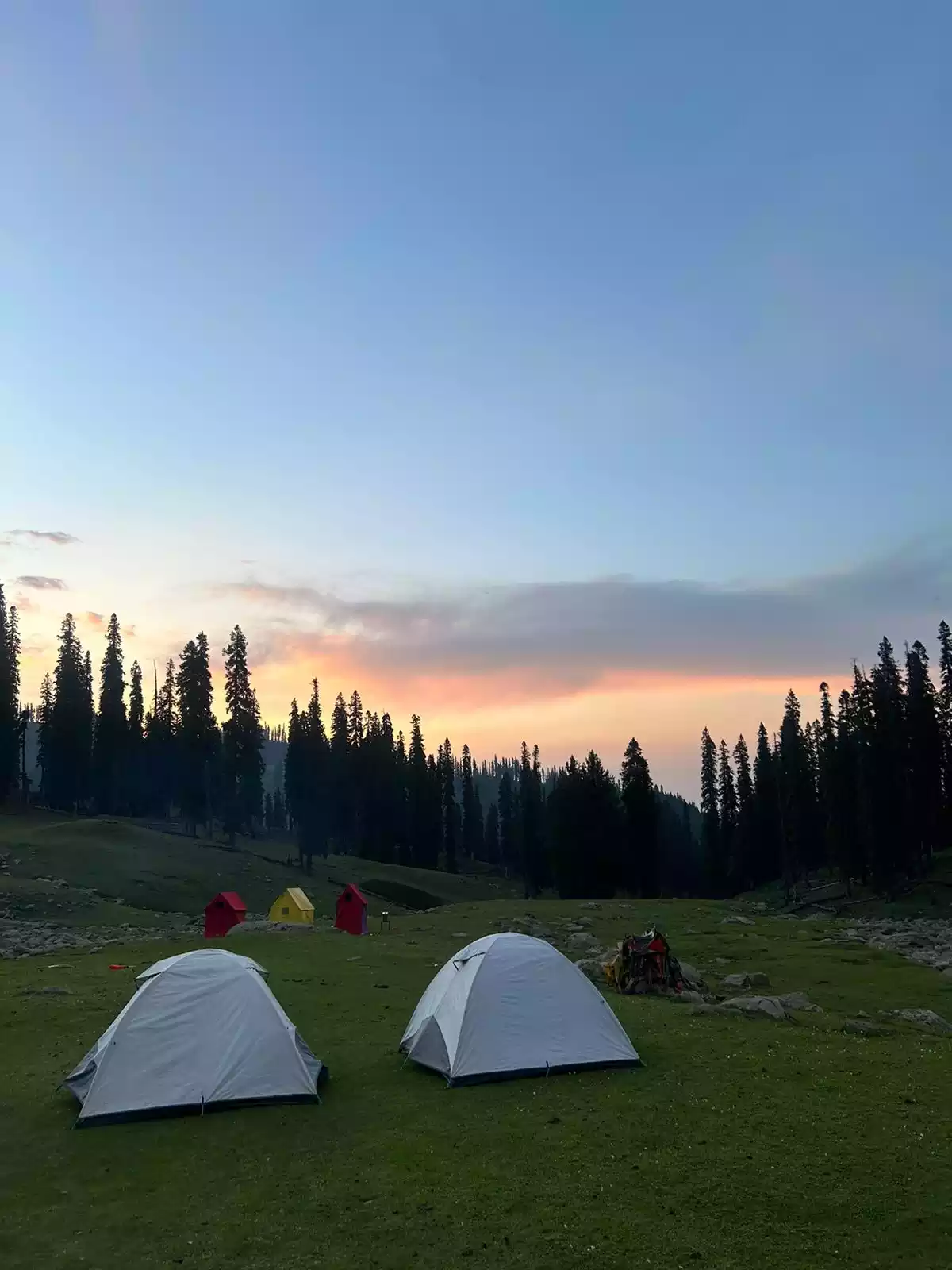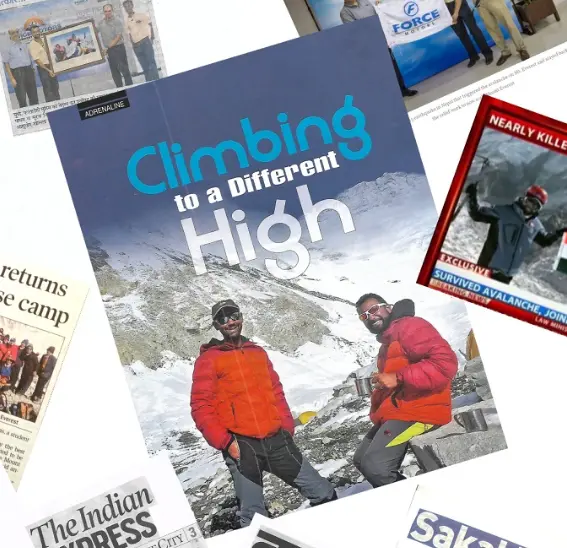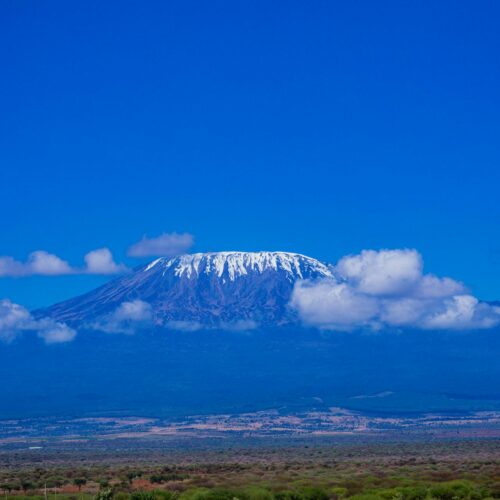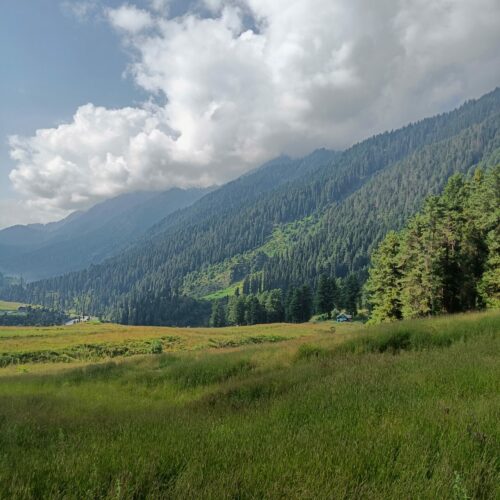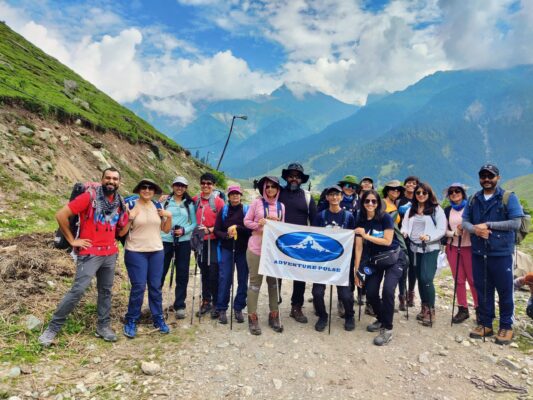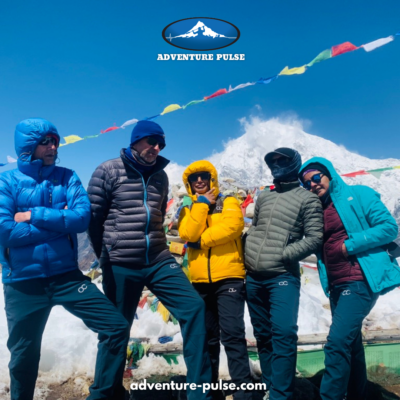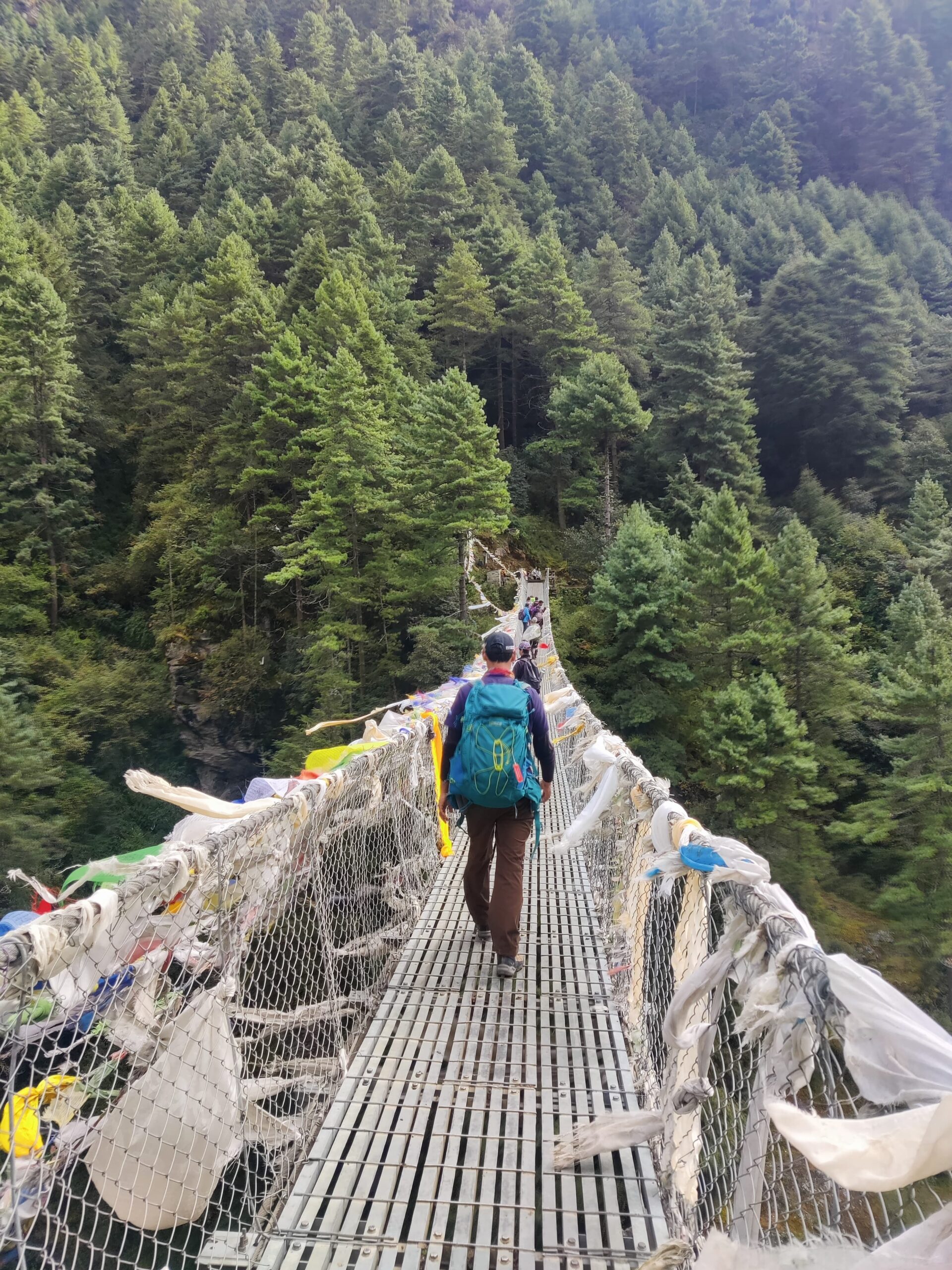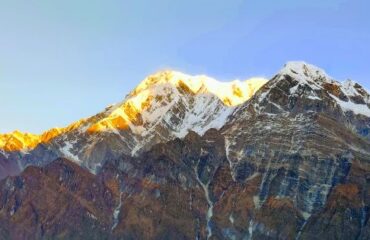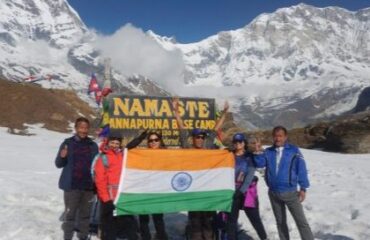
Introduction
Tanzania, nestled in the heart of East Africa, is home to one of the world’s most iconic natural wonders – Mount Kilimanjaro. Rising majestically from the savannah, this dormant volcano is Africa’s highest peak and the world’s highest free-standing mountain. It is an awe-inspiring sight that captivates all who visit.
Located within Kilimanjaro National Park, a UNESCO World Heritage site, this magnificent mountain has been a source of inspiration for adventurers for generations.
The surrounding region is steeped in Chagga culture. The Chagga people have long considered the mountain sacred. Today, thousands of trekkers from all over the globe visit Kilimanjaro, drawn to its snow-capped summit. They embark on extraordinary journeys, experiencing the diverse climatic zones that make the trek so unique.
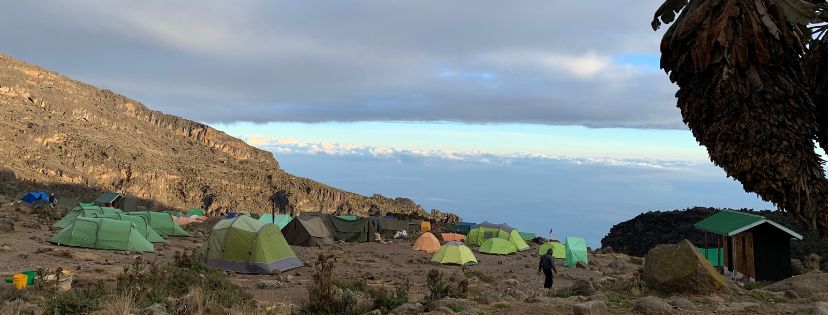 Why Mount Kilimanjaro is the Ultimate African Adventure
Why Mount Kilimanjaro is the Ultimate African Adventure
1. Experience Five Distinct Landscapes in One Journey
One of the most remarkable aspects of climbing Mount Kilimanjaro in Africa is the opportunity to traverse five distinct ecological zones. Each zone offers its own unique environment and stunning beauty.
Starting from the base, the Cultivation Zone (792-1,800 meters) features fertile volcanic soils, where local farmers cultivate coffee and bananas. The landscape is lush and vibrant, with rows of crops lining the paths.
As you ascend into the Rain Forest Zone (1,800-2,800 meters), you’ll be enveloped by a mystical montane forest. The air is thick with mist, and the trees are teeming with biodiversity. Towering trees, delicate ferns, and exotic orchids thrive in this cool, shaded environment.
The journey continues into the Heather-Moorland Zone (2,800-3,350 meters), where the landscape dramatically transforms. Dense forest gives way to open moorland, and you’ll encounter giant heathers and unique alpine flora. Lobelias and senecio plants thrive here, adding to the otherworldly beauty of this zone.
Next, you’ll reach the Alpine Desert Zone (3,350-4,900 meters), an entirely different world. This arid, rocky terrain is home to only the hardiest plants, which manage to survive despite the extreme temperature fluctuations.
Finally, you’ll enter the Arctic Summit Zone (above 4,900 meters). This frigid environment, where ice and snow dominate the landscape, has daytime temperatures that rarely exceed -15°C. This remarkable transition, from tropical conditions to an arctic climate, is one of the most unique aspects of trekking in Africa. It makes the climb not only a physical challenge but also a journey through the planet’s major climate zones.
2. Mount Kilimanjaro : An Achievable Challenge for Regular Trekkers
What sets Mount Kilimanjaro apart from other major peaks is its accessibility. Unlike many world-famous mountains, you don’t need technical climbing equipment or extensive mountaineering experience to reach the summit. However, that doesn’t mean the trek is without challenges.
The primary challenge of climbing Kilimanjaro lies in altitude adjustment. Approximately 75% of climbers experience some effects above 3,000 meters. Altitude sickness is a real concern, but it can be managed with proper acclimatization.

The key to successfully reaching the summit lies in selecting the right route. Kilimanjaro offers several trekking routes, including the Machame, Lemosho, Rongai, Marangu, Shira, and Umbwe routes. Some of these routes are more gradual, which can help climbers adjust to the altitude.
Success rates vary significantly depending on the chosen route. For instance, rushed ascents often result in success rates as low as 40%. In contrast, well-planned treks, with proper acclimatization, can have success rates as high as 80%.
Kilimanjaro’s accessibility is further demonstrated by the diverse range of successful climbers. Adventurers as young as seven and as old as 80 have reached the summit, proving that with proper preparation, determination, and the right approach, this summit is within reach for many.
3. Diverse Accommodation Options for Every Preference
When it comes to accommodation, Kilimanjaro caters to all types of travelers. Whether you prefer a more rustic experience on the mountain or a comfortable stay at a luxury hotel, you will find options to suit your needs.
While trekking, you can choose between two primary accommodation styles: camping or hut stays. Most routes feature camping as the standard option, where tour operators provide tents. These range from basic shared arrangements to premium walk-in tents equipped with amenities like cots and private bathrooms. The Machame Route, also known as the “Whiskey Route,” offers a camping experience that fully immerses you in the adventure, allowing you to connect with nature.
For pre- and post-climb stays, nearby towns like Moshi and Arusha offer accommodations for every budget. Luxury travelers can indulge in the comfort of places like the Kilimanjaro Mountain Resort or the Kibo Palace Hotel. On the other hand, budget travelers will find comfortable stays at hostels such as Rafiki Backpackers or Osy Grand Hotel.
For a more authentic experience, consider staying with local families in Marangu or Mbahe Village, where you can immerse yourself in the rich Chagga culture.
4. Encounter Rich and Diverse Wildlife
The trek up Kilimanjaro offers much more than just a climb—it’s a chance to encounter diverse wildlife and explore different ecosystems. The various ecological zones on the mountain are home to a variety of animals and plants.
In the Montane Forest Zone (2,600m – 3,300m), look for African Yellowwood and East African Camphorwood trees draped in mosses and ferns. This zone is particularly famous for its primates. Keep an eye out for the striking black-and-white Colobus monkeys and the agile blue monkeys.
You may also encounter tree hyraxes and various bird species, including the distinctive White-necked Raven. As you ascend to the Heath and Moorland Zone (3,000m – 4,000m), you’ll witness a dramatic landscape transformation. The area is home to giant groundsels and lobelias, and animals such as the Kilimanjaro mouse, hyraxes, and birds like the Augur Buzzard and Alpine Chat.
In the Alpine Desert Zone (4,000m – 5,000m), life persists despite the harsh environment. Hardy rock hyraxes and unique high-altitude insects, including a rare spider species, survive here. On the northern and western slopes, particularly along the Rongai route, you might even spot larger mammals like elephants and buffalo.
This rich biodiversity makes your Kilimanjaro trek not just a physical challenge but an immersive experience through one of Africa’s most diverse ecosystems.
5. Marvel at Spectacular Summit Views
The visual rewards of trekking in Tanzania are nothing short of extraordinary. From the moment you start your climb, Kilimanjaro’s majestic presence will leave you in awe.
Your journey begins with the imposing sight of the mountain rising from the Tanzanian plains. As you ascend through the lush rainforest zone (1,800-2,800 meters), you’ll be surrounded by vibrant vegetation before reaching the heath and moorland zone. Here, the landscape changes, with giant groundsels creating an almost alien atmosphere.
The Shira Plateau offers breathtaking panoramic views of both the Kibo summit and Mount Meru to the east. The Alpine Desert Zone reveals the rugged beauty of the terrain. The Barranco Wall, a 256-meter cliff, rises dramatically against the sky, offering an unforgettable view.
As you reach the Arctic Zone, the landscape transforms into a surreal world of glaciers and snowfields. The view from Barafu Camp is particularly stunning, with the sunrise illuminating Mawenzi Peak. The ultimate prize awaits at Uhuru Peak – Africa’s highest point. Here, you’ll enjoy a 360-degree panorama encompassing Tanzania’s vast plains, Kenya’s rolling hills, and the snow-capped peaks of Mawenzi and Shira.
6. Challenge Yourself on Diverse Terrain
Every day of your Kilimanjaro trek presents new terrain challenges. You’ll begin with muddy forest trails, where gaiters are essential to keep your feet dry. As you progress, the terrain becomes rockier, especially in the moorland. Near the summit, you’ll navigate loose scree slopes that lead to the top.
One of the most memorable parts of the trek is the famous Barranco Wall. This 300-meter cliff face provides one of the most challenging and exhilarating experiences of the trek. Climbing it early in the morning, you’ll feel a tremendous sense of achievement as you make your way up the rocky terrain, with the light and weather making it the perfect time for photos.

The final summit push involves navigating snow and ice in the dark, which adds an extra layer of challenge and accomplishment.
7. Experience the Magic of Full Moon Summits
For a truly special experience, consider timing your Kilimanjaro trek with the full moon. This celestial event, which occurs every 29 days, transforms the already epic journey into something magical.
During the full moon, the mountain is bathed in natural moonlight. This creates an ethereal atmosphere, where the glaciers glitter and clouds below seem to glow. Many trekkers choose to summit during this time, as it provides a rare opportunity to experience the mountain in a whole new light.
For some, the full moon brings heightened spiritual energy, making it the perfect time for reflection and renewal as you conquer Africa’s highest peak.
Final Thoughts
Trekking in Africa on Mount Kilimanjaro reveals a breathtaking testament to Tanzania’s natural wonder. A Trek to Kilimanjaro is more than a climb – it’s an immersion into Africa’s most iconic landscape. Whether you are drawn to Climbing Kilimanjaro via the challenging Machame Route or seeking to explore its diverse ecosystems, this Trekking in Tanzania experience offers an unparalleled adventure.
From the welcoming local communities at the mountain’s base to the stark, arctic conditions of Uhuru Peak, each step of the Mount Kilimanjaro Trek tells a story of natural beauty and human endurance.
As you prepare for this extraordinary journey, understand that a Trek to Mount Kilimanjaro isn’t simply about reaching the summit – it is about embracing a transformative experience that will forever reshape your understanding of Africa’s magnificent wilderness.


